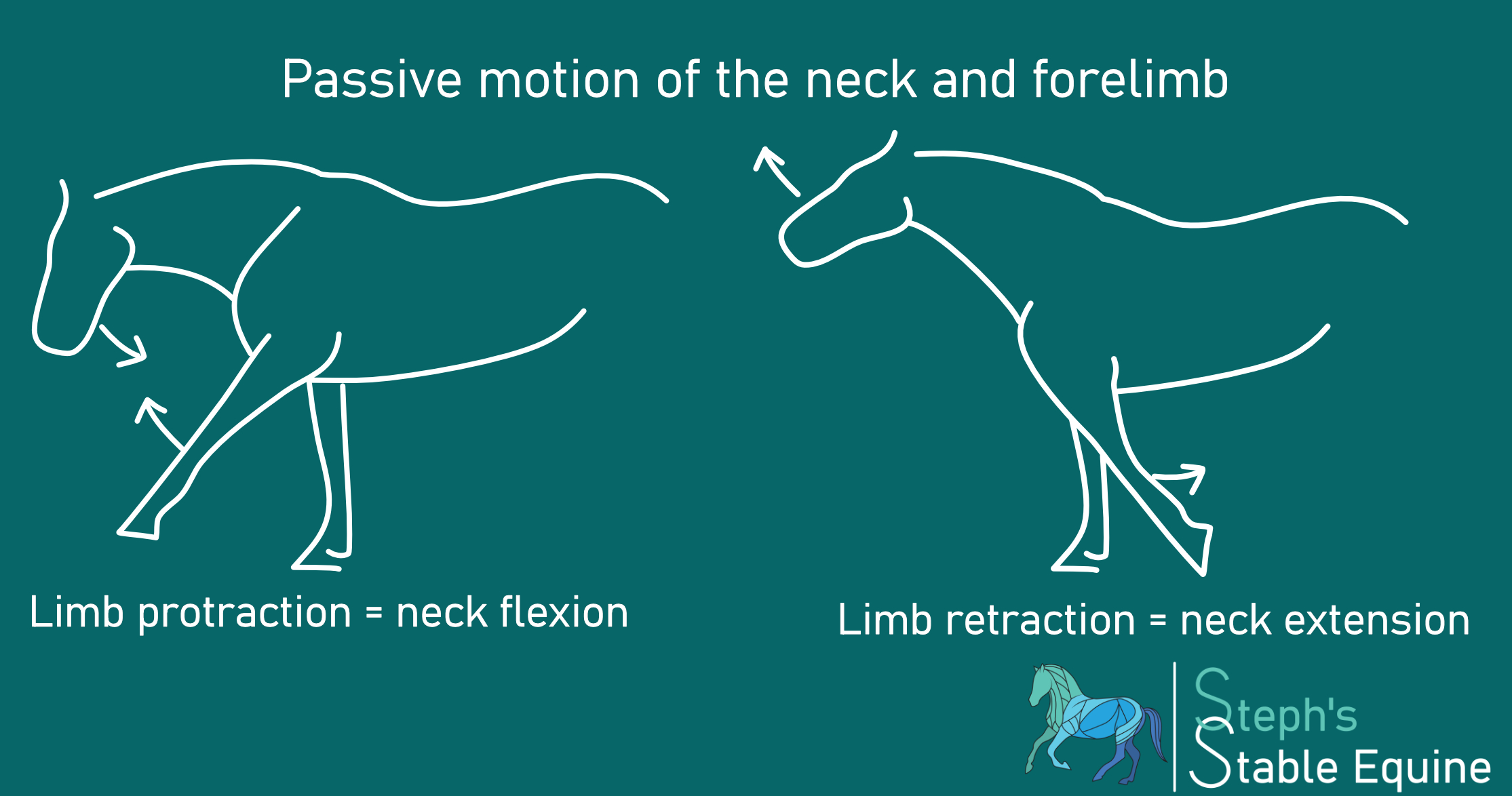Lateral Work: Moving Your Horse Sideways

Lateral work is an essential aspect of horse training that involves moving your horse sideways rather than just forward or backward. This technique improves your horse’s flexibility, balance, and responsiveness, making it a fundamental skill for riders of all levels.
What is Lateral Work?

Lateral work refers to exercises where the horse moves sideways in response to the rider’s aids. Unlike straightforward movement, lateral work requires the horse to engage different muscle groups and coordinate its legs independently, which enhances overall athleticism.
Benefits of Lateral Work
| Benefit | Description |
|---|---|
| Improved Flexibility | Helps the horse stretch and strengthen muscles, increasing range of motion. |
| Enhanced Balance | Encourages better weight distribution and stability during movement. |
| Increased Responsiveness | Develops the horse’s attentiveness to subtle rider cues, improving communication. |
| Preparation for Advanced Movements | Builds foundation for dressage and jumping techniques that require precise control. |
Common Types of Lateral Movements
- Leg Yield: The horse moves forward and sideways away from the rider’s leg.
- Shoulder-In: The horse bends around the rider’s inside leg with the shoulders leading slightly inward.
- Haunches-In (Travers): The horse’s hindquarters move inward while the forehand stays on the track.
- Half-Pass: A more advanced movement where the horse moves sideways and forward with a bend in the direction of travel.
How to Teach Lateral Work
- Start with Basic Straightness: Ensure your horse responds well to forward and backward aids.
- Introduce Leg Yield: Begin with simple leg yields along the arena wall to teach sideways movement.
- Use Clear Aids: Apply leg pressure and rein aids consistently to guide the horse.
- Practice Regularly: Short, frequent sessions help reinforce learning without causing fatigue.
- Be Patient: Progress may be slow; reward small successes to build confidence.
Tips for Effective Lateral Work
- Maintain a relaxed and balanced seat.
- Keep your aids subtle but clear.
- Watch your horse’s body language for signs of discomfort.
- Avoid forcing the horse; encourage willingness.
Frequently Asked Questions (FAQ)
Q: How often should I practice lateral work?
A: Incorporate lateral exercises into your routine 2-3 times a week for best results.
Q: Can lateral work help with a stiff or resistant horse?
A: Yes, it improves suppleness and can reduce resistance by engaging different muscles.
Q: Is lateral work suitable for all horse breeds?
A: Generally, yes. However, tailor the intensity and type of lateral work to your horse’s conformation and fitness level.
Lateral work is a valuable training tool that enhances your horse’s physical abilities and deepens the communication between horse and rider. By incorporating these techniques thoughtfully, you can develop a more responsive, balanced, and agile partner.
